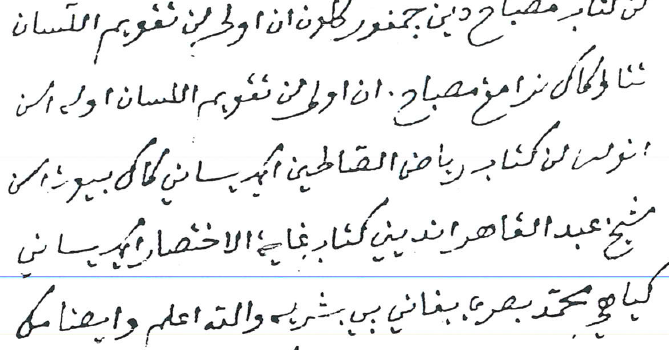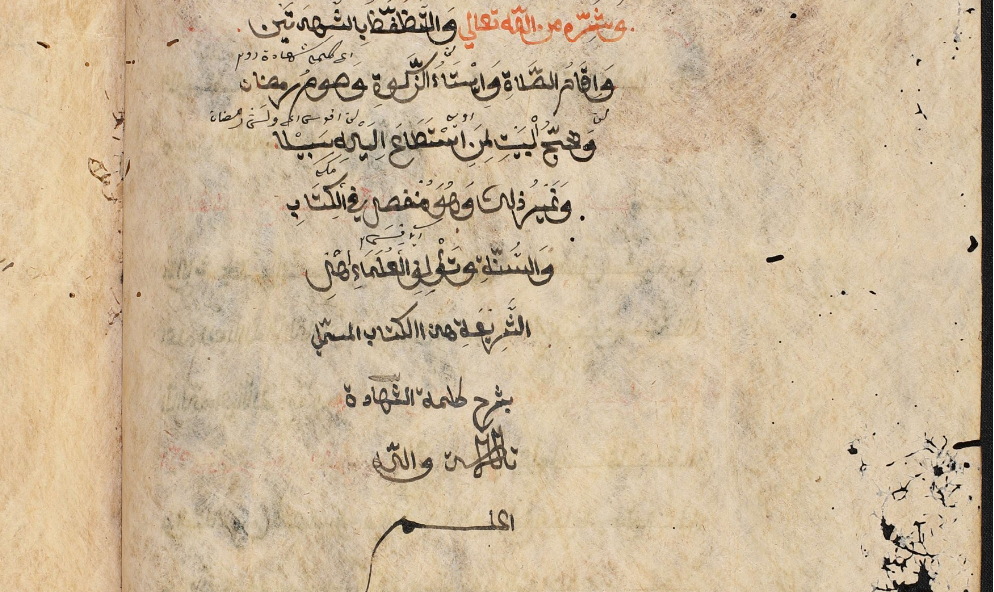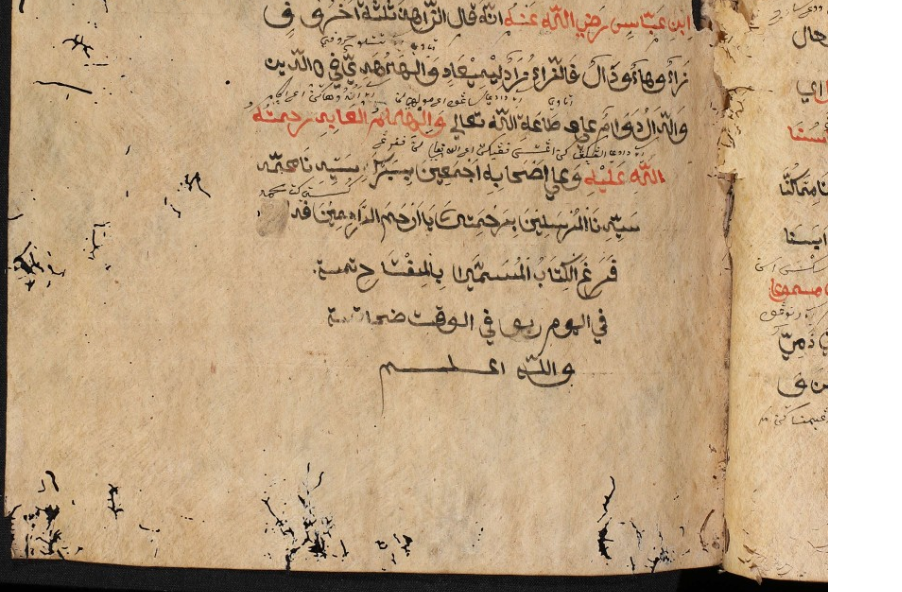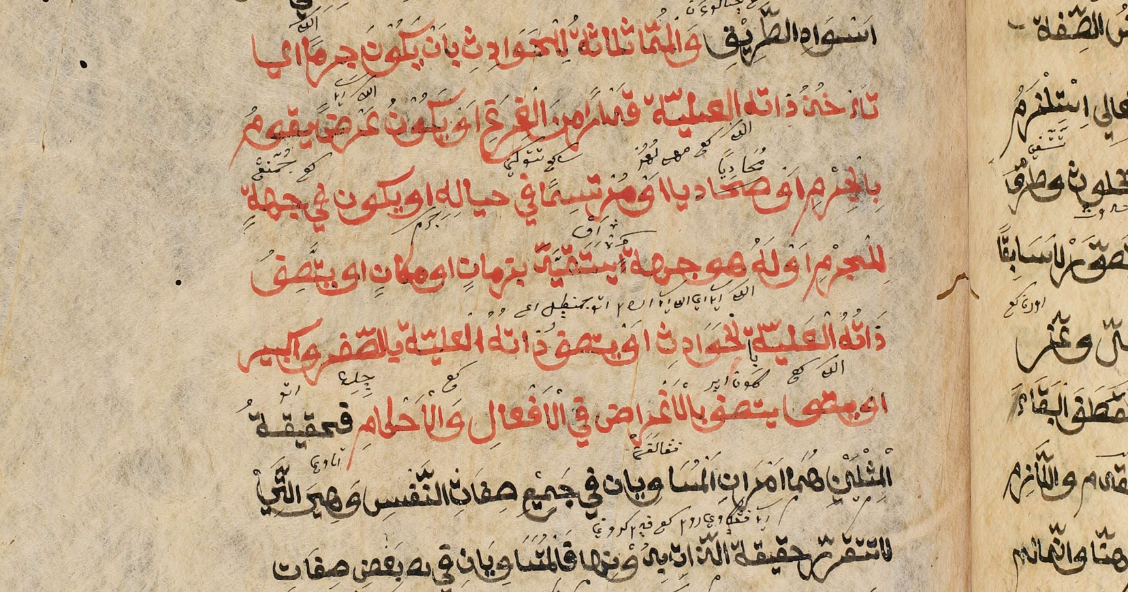
Kuningan is a town to the south of the city of Cirebon (at present part of the Province of West Java, Indonesia). In the past Cirebon was known as one of the centers of the dissemination of Islam in Java, including Kuningan. Latifundia (2014: 117-130) proved this by pointing to the discovery of 10 archaeological graves in the area that clearly showed traces of Islamic influence. These graves indicated that the kind of Islam that was practiced in Kuningan was influenced by the Islamic Kingdom of Cirebon and that of Demak which is located on Java’s northcoast more to the east.
Not only archaeological remains testify to the presence of Islamic activities in Kuningan. Also philological traces prove this. Kiai Hasan Maolani (1782-1874), one of the most prominent ulama in Kuningan indicated that at least four local ulama in the area were engaged in copying Islamic manuscripts. This information is derived from a letter Kiai Hasan Maolani wrote in Javanese while he was exiled to Kampung Jawa Tondano, in North Sulawesi by the colonial authorities in the nineteenth century (Fadlan, 2019: 81):

Javanese text:
Wa ayḍan sira dèn weruhi ing kitab yasané kakèknira, bapaknisun, iya Tafsīr awal akhir dadi sajilid lan uṣūl awit saking “Samarqandī”, “Kalimah Shahādah”, “Miftāḥ”, “Tilimsānī”, “Fatḥ al-Mubīn” sawisé “Shu‘bat al-Īmān”, “Lubāb al-Akhbār”, “Zubad al-Baḥri” dadi sajilid. Lan Kitāb “Sittīn”, “Taqrīb”, “Ghāyat al-Marām”, “Taḥrīr”, “Ma‘rifat al-Nikāḥ” dadi sajilid papan kertas.
Translation:
I would like to inform you about the books your grandfather, my father wrote. They are Kitab Tafsīr from the start to the finish which was integrated into one volume with Uṣūl and starting with Samarqandī, Kalimah shahādah, Miftāḥ, Tilimsānī, Fatḥ al-mubīn after Shu‘bat al-īmān, Lubāb al-akhbār, Zubad al-baḥri in one volume. Then followed Kitāb sittīn, Taqrīb, Ghāyat al-marām, Taḥrīr, Ma‘rifat al-nikāḥ in one paper volume.

Javanese text:
Lan kitab “Miṣbāḥ” dèn campur kelawan “Inna Awlá” lan “Taqwīm al-Lisān”. Tatapi kakèknira mung “Miṣbāḥ”. “Inna Awlá” lan “Taqwīm al-Lisān” oleh isun anulis. Lan kitab “Riyāḍ al-Ṣāliḥīn” iku yasané kakèk buyutisun Shaykh ‘Abd al-Qāhhar. Andhéné kitab “Ghāyat al-Ikhtiṣār” iku yasané Kiai Muhammad Bisri bapané Nyai Sharīyah. Wallāhu a‘lam.
Translation:
Whereas the Kitab Miṣbāḥ was combined with Inna awlá and Taqwīm al-lisān. Your grandfather only wrote the Miṣbāḥ while Inna awlá and Taqwīm al-lisān were written by myself. Kitab Riyāḍ al-ṣāliḥīn was written by your great-grandfather, Shaykh ‘Abd al-Qāhhar. The Kitab Ghāyat al-ikhtiṣār was written by Kiai Muhammad Bisri, Nyai Sharīyah’s father. Wallāhu a‘lam.
From these quotes from the letter becomes clear that we are concerned with the following 4 people: (1) Kiai Hasan Maolani’s father whose name was Kiai Bagus Lukman, (2) Kiai Hasan Maolani himself, (3) his grandfather, Shaykh ‘Abd al-Qāhhar, and (4) Kiai Muhammad Bisri. From these four, one bundle of manuscripts, written by Kiai Bagus Lukman was found and digitised by the Digital Repository of Endangered and Affected Manuscripts in Southeast Asia (DREAMSEA) programme. Although the name of the scribe, Kiai Bagus Lukman, is not mentioned in the bundle, the external information from Kiai Hasan Maolani’s letter informs us that his own father was the copyist.
First bundle (520 pages)
DREAMSEA Project Number: DS 0012 00008
Collection: Iim Abdurrohim

Title: Bahjat al-‘ulūm
Author: Muḥammad ibn Ibrāhim ibn Abū Naṣr al-Samarqandī
Title as stated in Kiai Hasan Maolani’s letter: Samarqandī

Title: Sharḥ sittīn mas’alah
Author: Ibn ‘Abbās al-Zāhid
Title as stated in Kiai Hasan Maolani’s letter: Kitāb sittīn

Title: Sharḥ Kalimah Shahādah
Author: Anonymous
Title as stated in Kiai Hasan Maolani’s letter: Kalimah shahādah

Title: Al-Miftāḥ fī ma‘rifat al-Islām wa al-īmān
Author: Anonymous
Title as stated in Kiai Hasan Maolani’s letter: Miftāḥ

Title: Al-Mufīd
Author: Anonymous
The title of this text is not mentioned in Kiai Hasan Maolani’s letter.

Title: Sharḥ al-Tilmisānī
Author: ‘Abdullāh Muḥammad ibn ‘Umar ibn Ibrāhīm al-Tilmisānī
Title as stated in Kiai Hasan Maolani’s letter: Tilimsānī

Title: Fatḥ al-Mubīn
Author: bn Ḥajar al-Haytamī
Title as stated in Kiai Hasan Maolani’s letter: Fatḥ al-Mubīn

Title: Umm al-Barāhīn
Author: Muḥammad ibn Yūsuf al-Sanūsī
The title of this text is not mentioned in Kiai Hasan Maolani’s letter.
Second bundle (246 pages)
DREAMSEA Project Number: DS 0013 00002
Collection: Yayat

Title: Fatḥ al-qarīb al-mujīb
Author: Abū ‘Abdillāh Muḥammad ibn Qāsim al-Ghazī
Title as stated in Kiai Hasan Maolani’s letter: Taqrīb

Title: Ghāyat al-marām
Author: Anonymous
Title as stated in Kiai Hasan Maolani’s letter: Ghāyat al-marām
Bibliography
- Fadlan, Muhammad Nida’. 2019. Kiai Hasan Maolani, Lengkong: Sejarah dan Surat-suratnya dari Tanah Pengasingan. Jakarta: Perpustakaan Nasional RI.
- Latifundia, Effie. 2014. “Jejak Budaya pada Nisan Kuna Islam di Kuningan” in Islam Nusantara: Past and Present. Proceeding of International Conference on Islam Nusantara. Jakarta: Fakultas Adab dan Humaniora, UIN Syarif Hidayatullah Jakarta.

